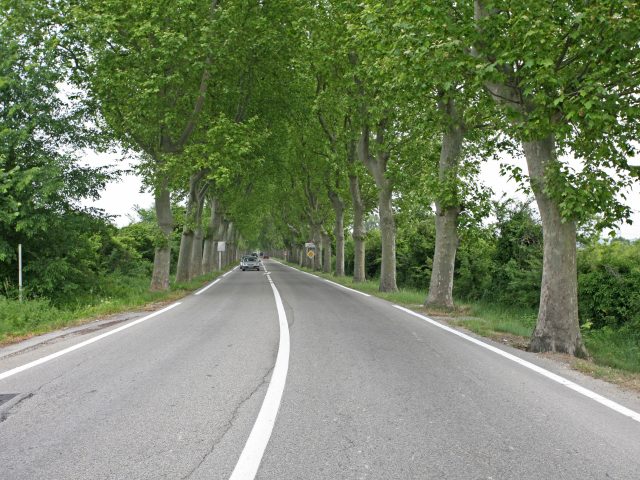Wider cars are taking space away from cyclists and pedestrians
New cars in Europe are getting 1 cm wider every two years, on average. That’s according to new research by Transport & Environment (T&E), an environmental group. Around half of new cars sold are already too wide for the minimum on-street parking space in many countries. The effect of ever-larger cars is less space for cyclists on roads, and pedestrians squeezed as cars parked on the pavement take up more room.
Paris could be the first major European capital to tackle this trend if citizens endorse higher parking charges for large SUVs in a referendum next month.
The average width of new cars expanded to 180.3 cm in the first half of 2023, up from 177.8 cm in 2018, the researchers found. According to other data the same trend can be seen over the two decades to 2020. New cars in the EU are subject to the same maximum width (255 cm), as buses and trucks.
The growth in size is very pronounced among large luxury SUVs: the Land Rover Defender grew by 20.6 cm and the Mercedes X5 by 6 cm in six years. In 2023, Volvo went 4.1 cm wider with its EX90.
The trend towards wider vehicles is reducing the road space available for other vehicles and cyclists while parked cars are further encroaching on footpaths. The wider designs have also enabled the height of vehicles to be further raised, despite crash data showing a 10 cm increase in the height of vehicle fronts carries a 30% higher risk of fatalities in collisions with pedestrians and cyclists.
ETSC is supporting T&E’s call for a separate review of car dimensions to be mandated in revised rules on heavy vehicle weights and dimensions, which are currently being negotiated.








